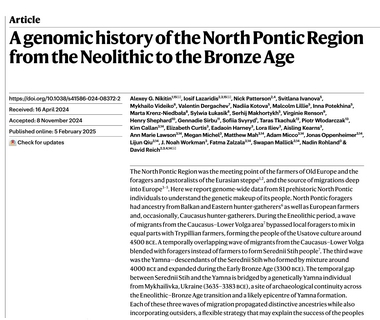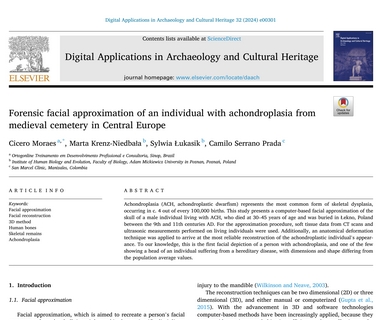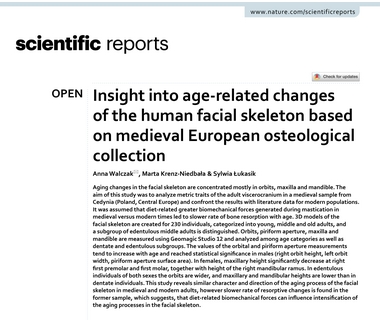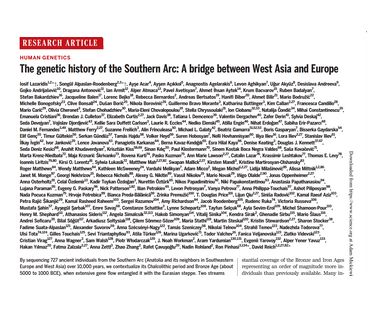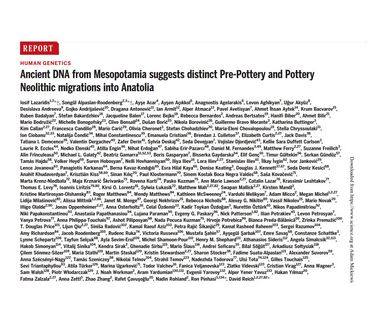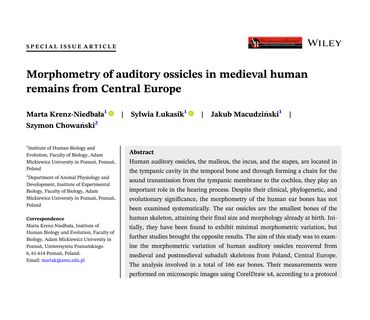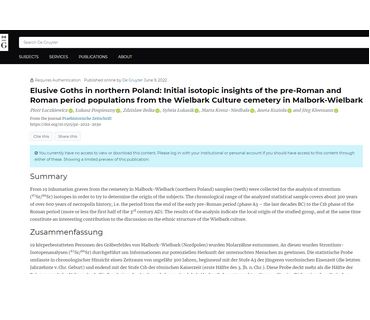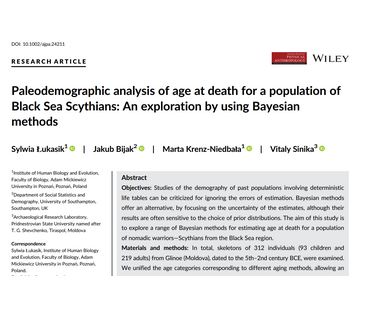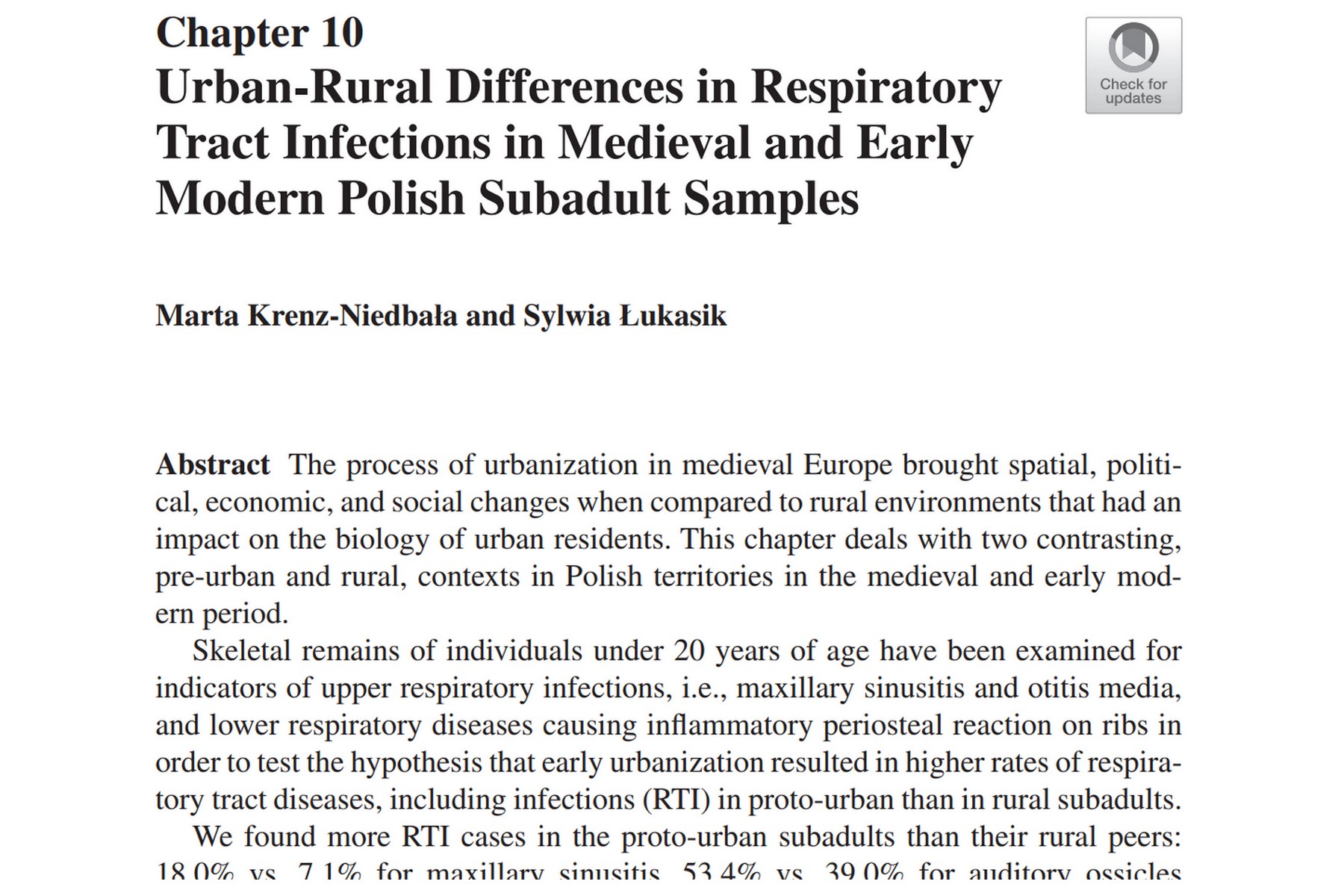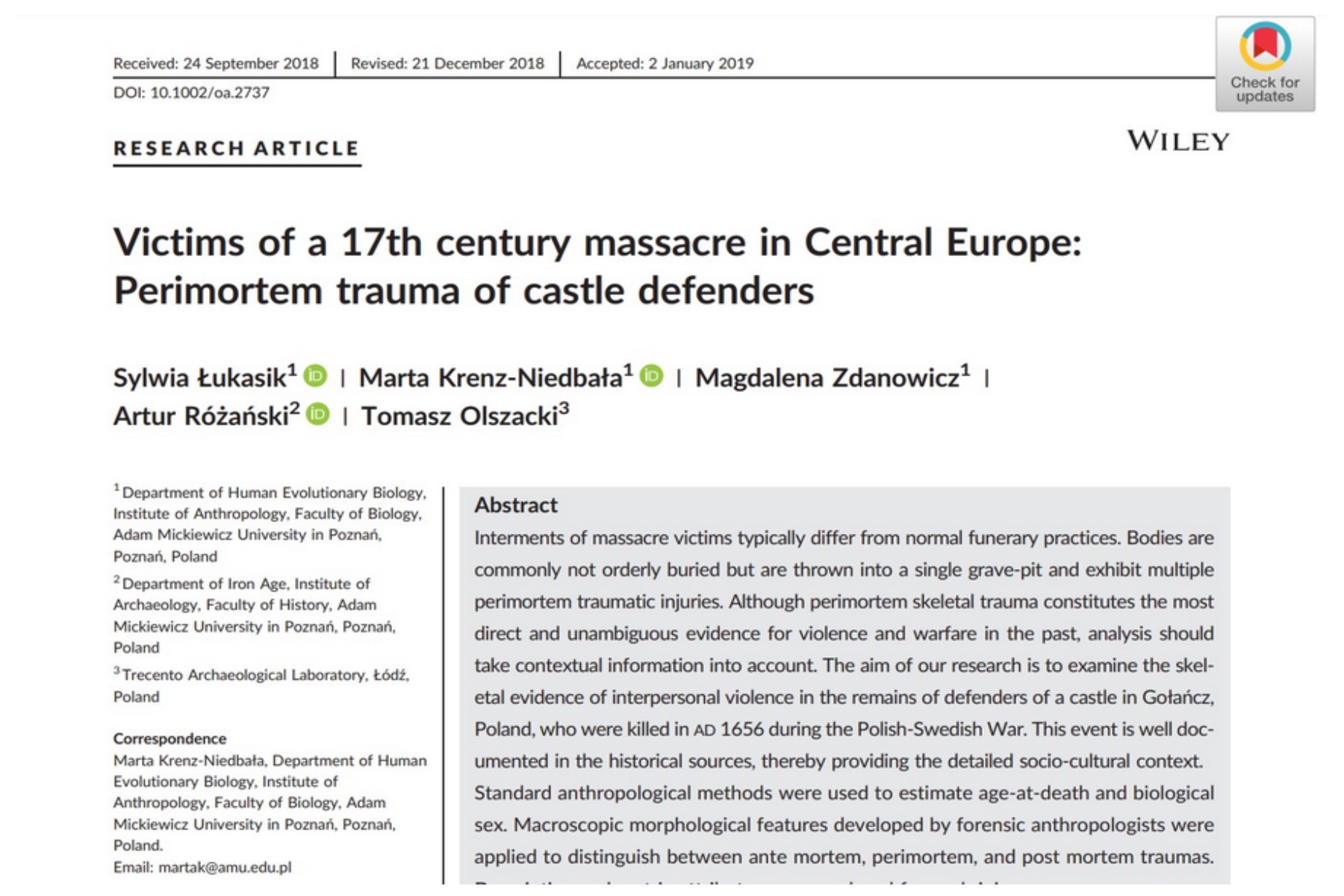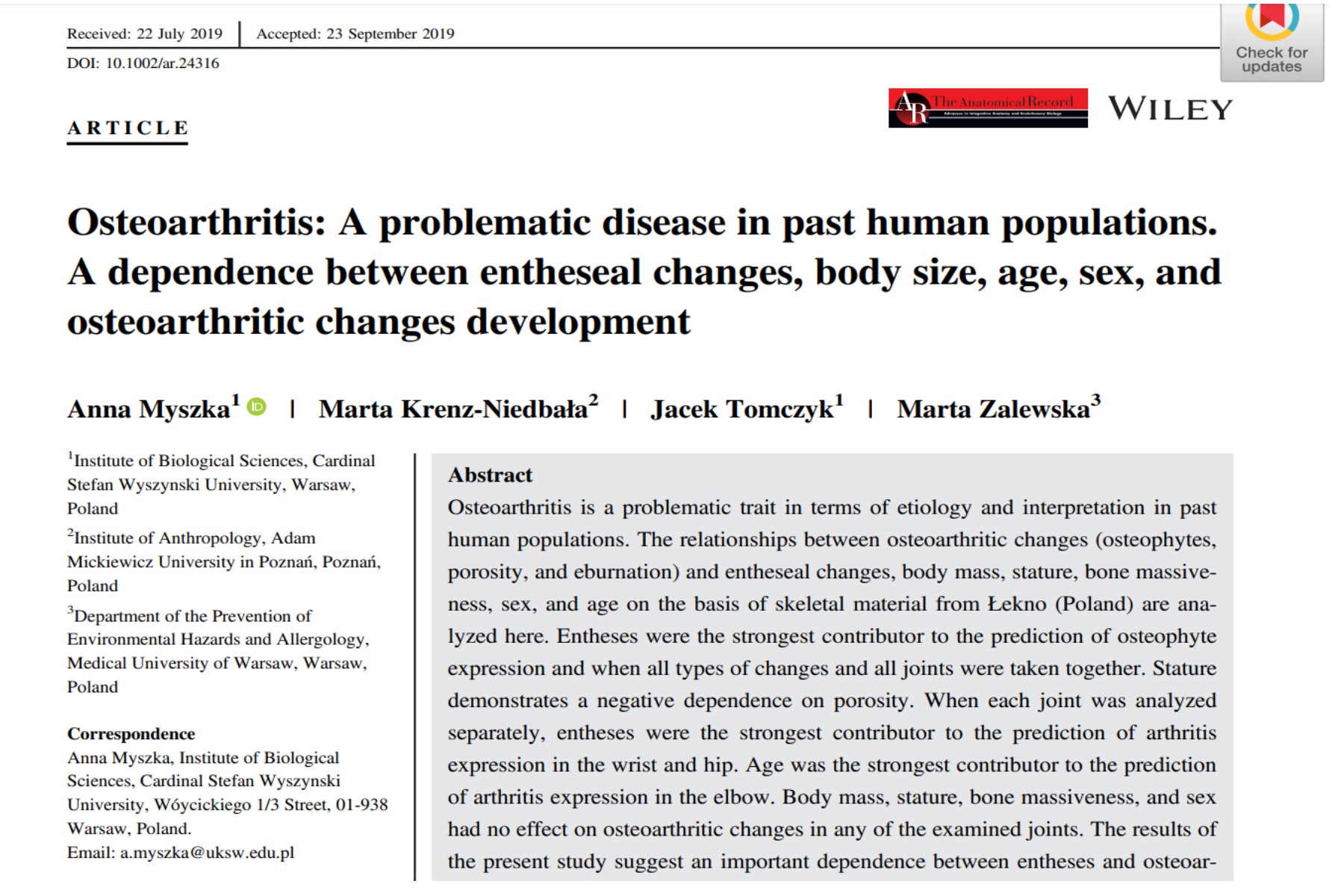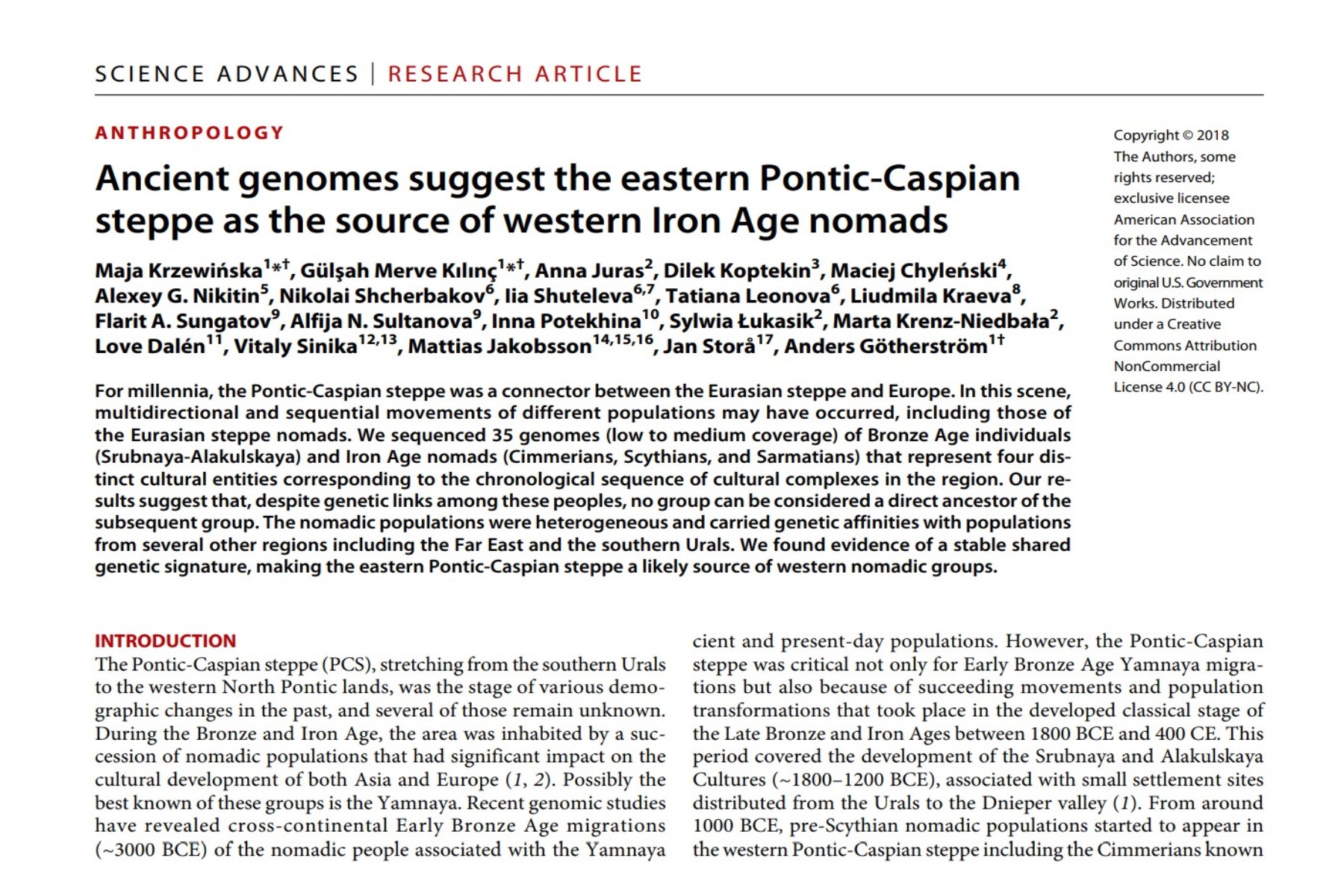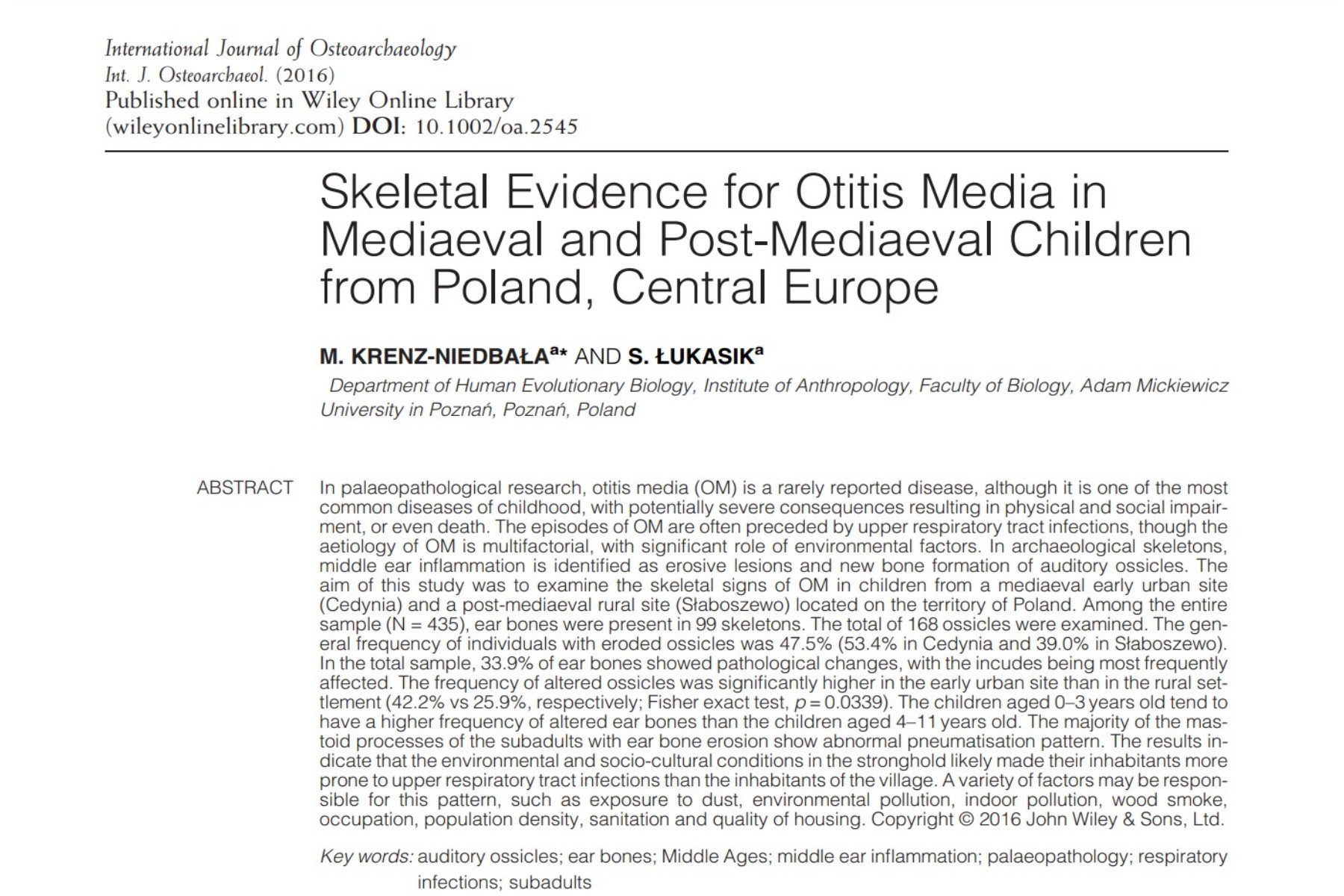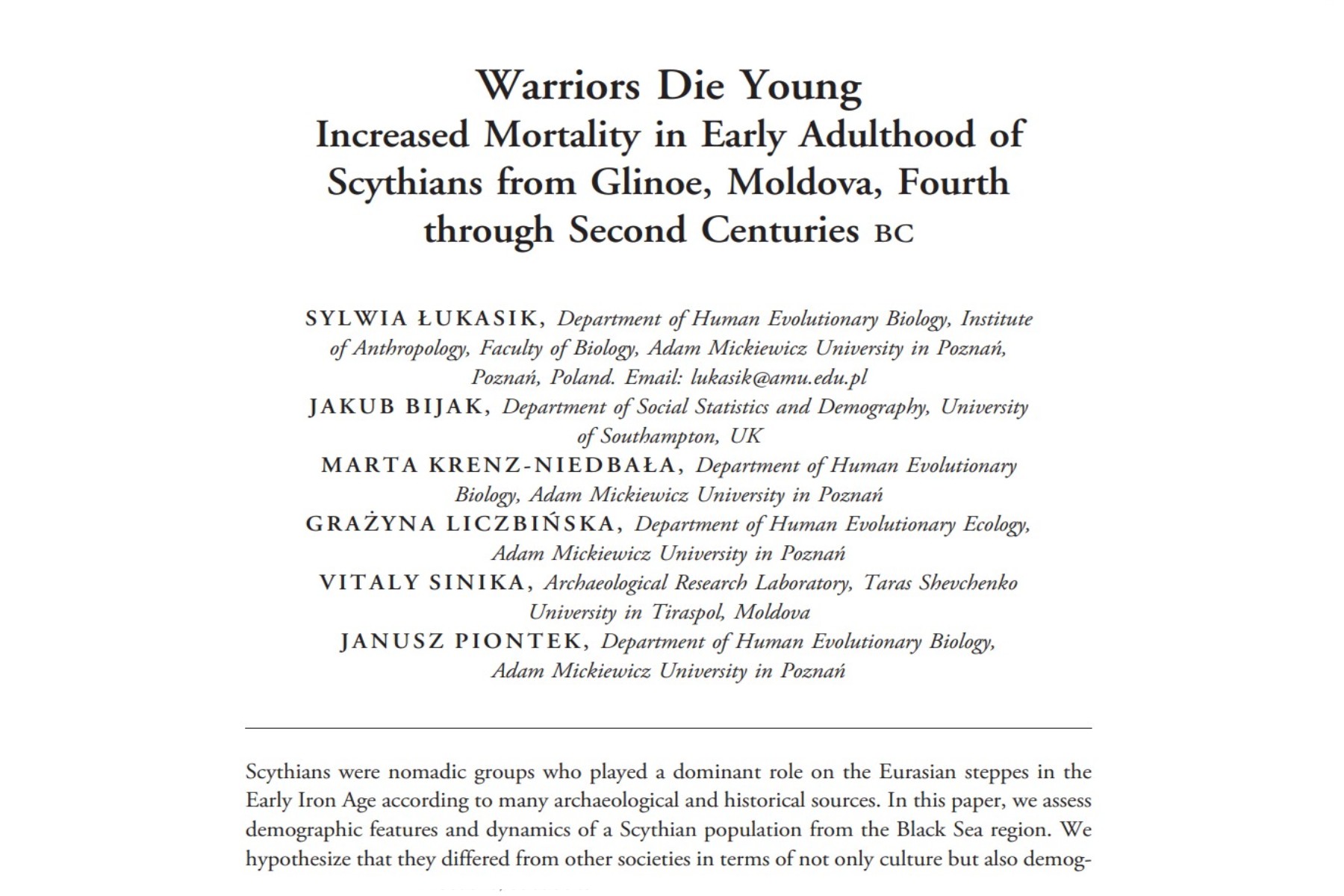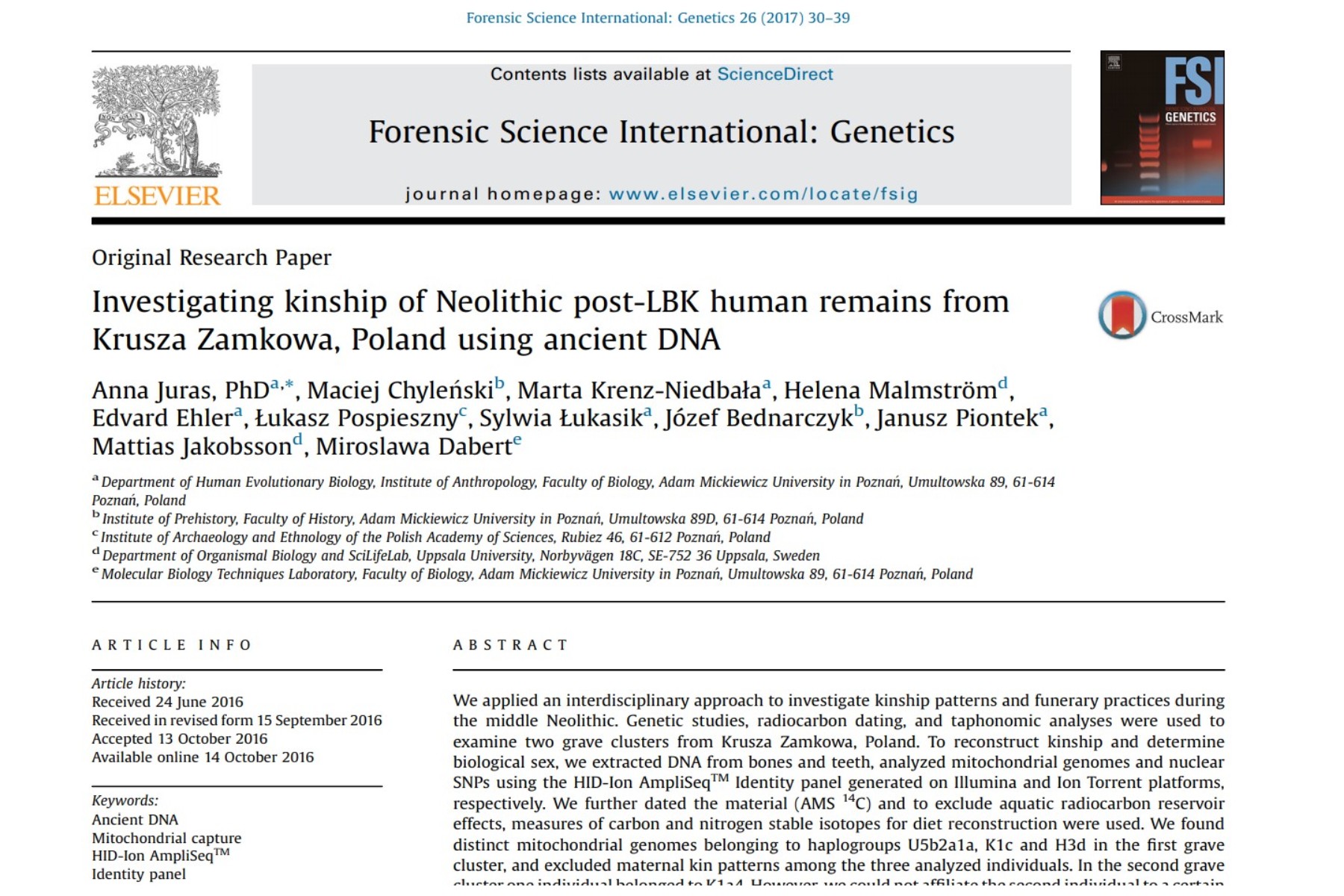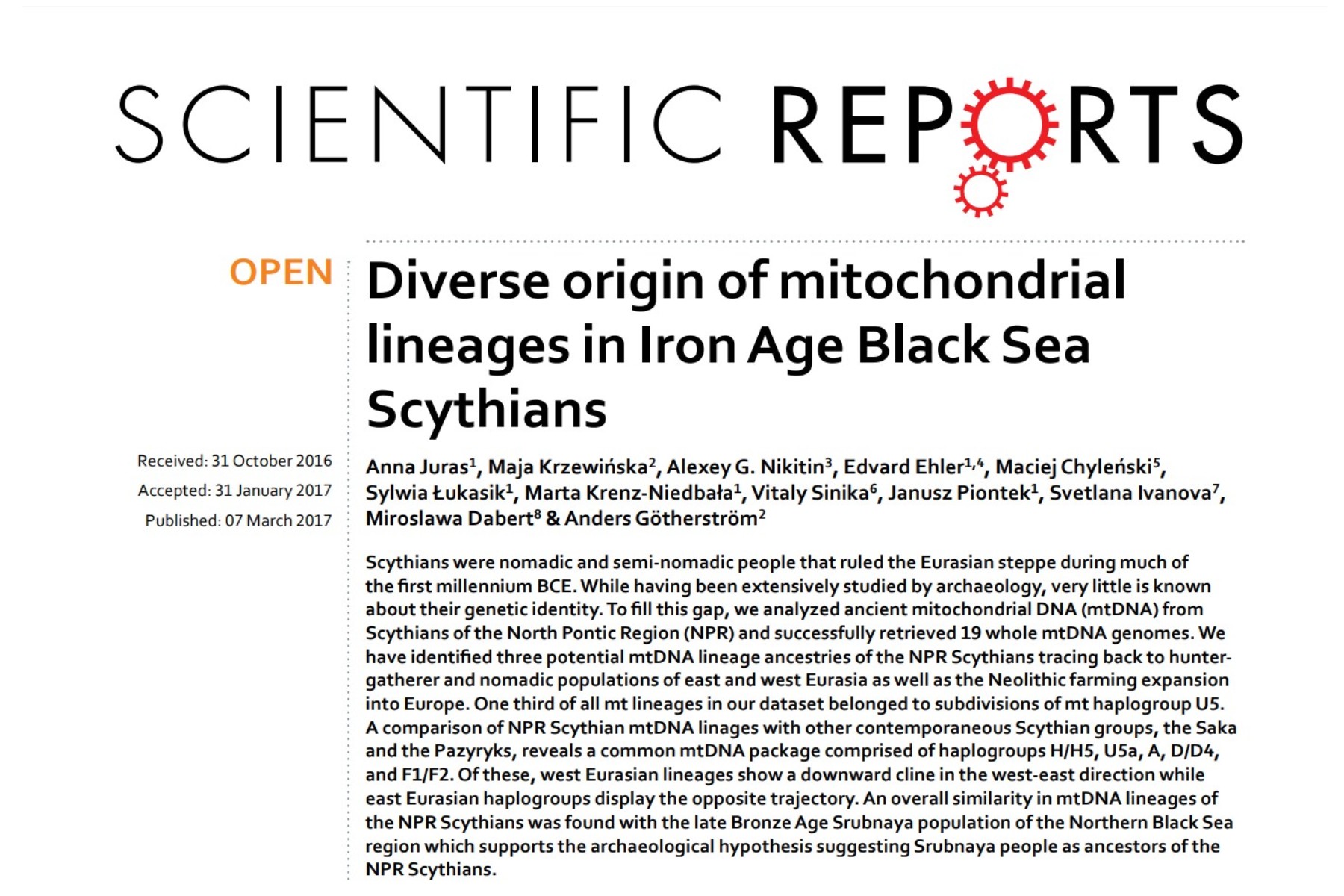ABOUT ME
I am a biological anthropologist, Associate Professor in the Institute of Human Biology and Evolution, Faculty of Biology, Adam Mickiewicz University in Poznań, Poland
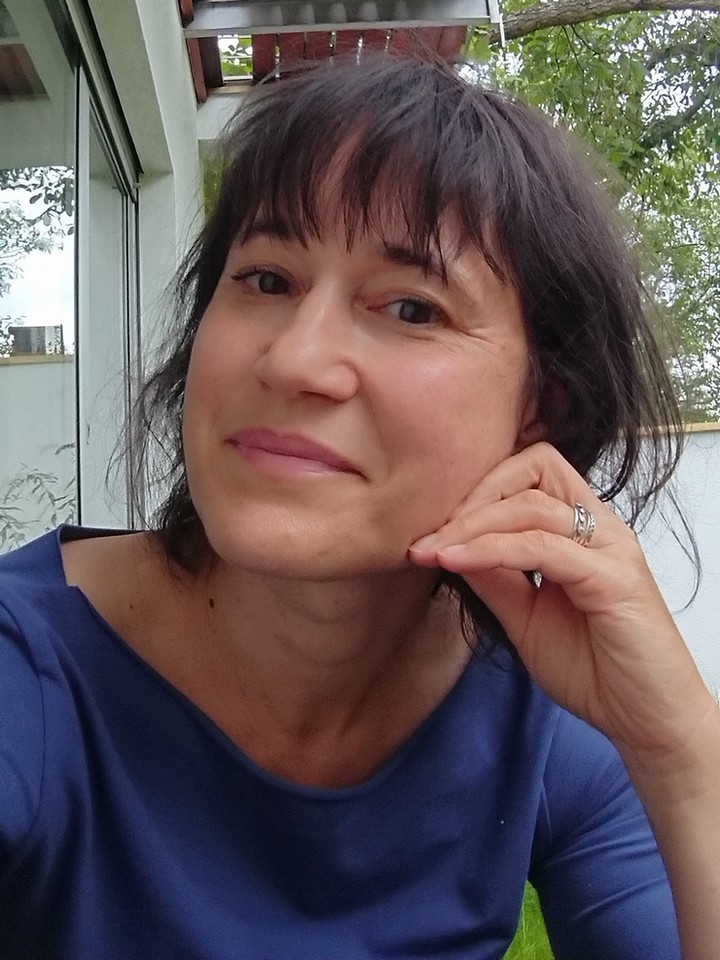
Marta Krenz-Niedbała,PhD habil.
Biological AnthropologistI have always been interested in human biology and culture, in part because it is a family tradition in the maternal line. I left for my first archaeological excavations when I was only a few years old. I chose biology as a field of study in order to study human biology. I was most interested in issues related to the evolutionary processes in human populations. So far I have studied living people as well as skeletal remains of people from the past, adults and children, but it is the analysis of immature bones, to see how children grew and developed in different environments, that boosts my endorphin levels.
Google Scholar
Researchgate
ORCID ID
Education & Employment
Adam Mickiewicz University in Poznań, Faculty of Biology, Institute of Human Biology nad Evolution
Department of Human Evolutionary Biology, Adam Mickiewicz University in Poznań, Faculty of Biology, Institute of Anthropology
Adam Mickiewicz University in Poznań, Faculty of Biology, Institute of Anthropology
Adam Mickiewicz University in Poznań, Faculty of Biology, dissertation title: Biological and cultural consequences of Neolithisation in human populations on the Polish territories
